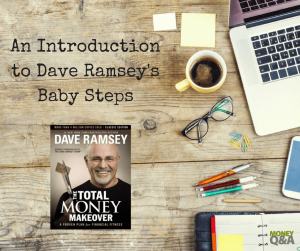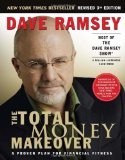The Ultimate Guide to the Dave Ramsey Baby Steps You Need to Know
Here is the ultimate guide to truly understanding the Dave Ramsey baby steps he talks about in his best-selling book, The Total Money Makeover. Learn how to build an emergency fund, get out of debt, invest, and start to gain financial independence. I’m always asked about how to start or where to start if you are struggling with your finances. If you have a mountain of credit card or student loan debt or a slew of other financial problems, it can be very intimidating where to start. That is why I always recommend that people start with Dave Ramsey. I’m a huge Dave Ramsey fan and his book, The Total Money Makeover. It is one of my top ten personal … Read more



